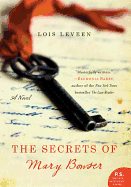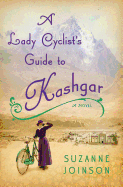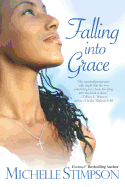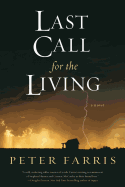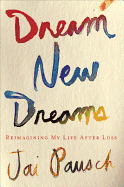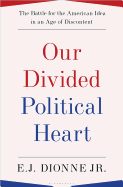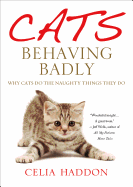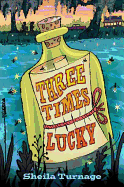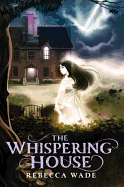In her new memoir, On the Outside Looking Indian, readers learn that while most of Rupinder Gill's friends were enjoying the experiences of childhood and adolescence, Gill was at home, watching television. Being the second daughter in a traditional Indian home didn't allow for many freedoms. "I was raised to be realistic. Indian women aren't dreamers," she explained.
 And yet, Gill did dream. She compiled a list of things she wasn't allowed to experience in her childhood: taking swimming lessons, owning a dog, going to camp. And she decided at 30 that she was going to experience those things. So what made Gill different from her elder sister who was also "raised to be realistic" and desired to do exactly as her parents expected of her?
And yet, Gill did dream. She compiled a list of things she wasn't allowed to experience in her childhood: taking swimming lessons, owning a dog, going to camp. And she decided at 30 that she was going to experience those things. So what made Gill different from her elder sister who was also "raised to be realistic" and desired to do exactly as her parents expected of her?
"I feel badly for eldest children because they have no example of how to navigate parental rules, whereas any subsequent child can look at to their older sibling and learn how to manipulate the system. But then, in fairness, eldest children never have to wear hand-me-down corduroys, so everyone wins in some aspect," Gill said. "My sister actually did a bunch of lessons herself as an adult, including horseback riding, so whereas I may be able to swim two strokes, she'll be the one saving us if our family is attacked in a wild-west saloon. Also, she's the one who got a dog, who we now consider our family dog because he has enough energy to exhaust seven people. So we've all created our ideal childhoods as adults in our own way, but I did it in the most extreme form."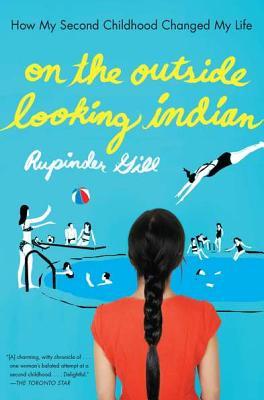
On the Outside Looking Indian takes readers through Gill's experiences with her first list. Still, she said, "I have a revolving, evolving and ever-growing list of goals. I honestly feel like I'm just at the start of the journey. There are so many more things I want to do and see and experience. I hope to write another book in the next couple of years, continue on in TV (as a writer), get back to running, knock at least one spot off my Dream Travel List and if I'm really ambitious, finally organize my stacks and stacks of books."
Gill's stacks and stacks of books don't come up much in her memoir. Instead, she focuses on the hours and hours of television she watched with her sisters. In fact, the chapter titles are all plays on '80s television shows and movies: "Dog Meets World," "Tennis the Menace," "Trying-to-stop Growing Pains." But writing and reading were in fact a large part of Gill's life. Like many aspiring writers, she was taught to believe it wouldn't provide an adequate income, and she shouldn't consider it a serious option for her future.
"I always enjoyed writing but it was usually just a part of extra-curricular activities. I wrote plays we performed in high school or joke speeches or articles for the school paper--I never thought of that as a career possibility. People always knew me as someone who enjoyed writing and humor but I never aspired to make a life of it, mostly because I wasn't interested in living in a cardboard box crying over the sentence structure of the perfect Mitt Romney joke." (She still hasn't cracked it, but believes "it may involve comparisons between his name and articles of clothing. Not sure how to play up jokes on his first name, though.")
Gill's jokes did pay off for her early in life, though. "If I recall correctly, they used to have a contest on Letterman where you submitted something to a Top Ten list subject and I think mine was 'Top Ten Things Heard Inside the Matrix.' I believe my entry was something like 'I know you are The One, I just can't ever remember if you were Bill or Ted.' " And it won her a David Letterman T-shirt! Her television viewing paid off as well. These days, in addition to her memoir writing, she's writing for TV. Both allow Gill to weave in her whip-smart sense of humor, but does she have a preference?
"I love going back and forth between writing TV and writing books," she said. "TV is a collaborative environment where you can bounce ideas off of other people and debate important topics like which Perfect Strangers episode is the best and which Kardashian sister is the worst. It's a great opportunity to fine-tune your writing, but books give you the freedom of being in charge of the story to a greater extent. They both have their challenges and rewards, but I'd love to continue in both realms for as long as humanly possible, and if the robots take over in the foreseeable future, for as long as bionic humanly possible."
And having just wrapped This Hour Has 22 Minutes, the Canadian TV comedy show she's been writing, Gill is indeed at work on the next book.
"My show wrapped up April 2, and now I'm in the U.S. for the summer to work on book two and judge the women tanning in bikinis in Central Park. I'm not above citizen-arresting any women who look like models. I'm also working on pitching some other TV show ideas. It's been a great and interesting ride thus far, and although it used to be frightening, I now relish the fact that I don't know the final destination. It's freeing to give up control and just do what you love and hope for the best. I feel very lucky for all that has happened for me in the past few years and look forward to seeing what's next."
The immediate future involves what Gill calls "a prequel and sequel" to On the Outside Looking Indian. She said that it can "best be described as a work memoir. It details all of the fantastic jobs I've had to get me to this point, including telemarketing, temping and a summer of building tires in a factory after my first year of college."
Shortlisted for the Stephen Leacock Memorial Medal for Humour Writing, the rights to On the Outside Looking Indian have been optioned to be developed into a Canadian sitcom. For now, readers can enjoy On the Outside Looking Indian as a paperback original from Riverhead Books. It might, however, need a caution notice: "May inspire readers to pursue a second childhood and change their lives." --Jen Forbus of Jen's Book Thoughts
See Rupinder Gill's video here.
Rupinder Gill: On the Outside Looking Indian
 E-readers have their uses and are here to stay, but they will never be as tactilely wonderful as a book. Deckle-edged paper, different fonts--Knopf still cites the typeface for its books--smooth covers (but not the sticky matte ones that need a lint brush). I remember getting a new gold-edged Bible, riffling through the untouched pages as they stuck together slightly and then fell apart with a satisfying whoosh. The pages of Glen Duncan's The Last Werewolf had dried-blood-red edges in the first edition--a subtle touch for an elegant book. And cookbooks--the pristine page of a new recipe marked with bits of ingredients as a dish becomes a favorite.
E-readers have their uses and are here to stay, but they will never be as tactilely wonderful as a book. Deckle-edged paper, different fonts--Knopf still cites the typeface for its books--smooth covers (but not the sticky matte ones that need a lint brush). I remember getting a new gold-edged Bible, riffling through the untouched pages as they stuck together slightly and then fell apart with a satisfying whoosh. The pages of Glen Duncan's The Last Werewolf had dried-blood-red edges in the first edition--a subtle touch for an elegant book. And cookbooks--the pristine page of a new recipe marked with bits of ingredients as a dish becomes a favorite.


 And yet, Gill did dream. She compiled a list of things she wasn't allowed to experience in her childhood: taking swimming lessons, owning a dog, going to camp. And she decided at 30 that she was going to experience those things. So what made Gill different from her elder sister who was also "raised to be realistic" and desired to do exactly as her parents expected of her?
And yet, Gill did dream. She compiled a list of things she wasn't allowed to experience in her childhood: taking swimming lessons, owning a dog, going to camp. And she decided at 30 that she was going to experience those things. So what made Gill different from her elder sister who was also "raised to be realistic" and desired to do exactly as her parents expected of her?
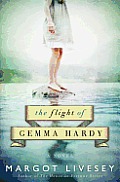 Drawing on her own experiences in Scottish boarding schools, bestselling author
Drawing on her own experiences in Scottish boarding schools, bestselling author  For an utterly-wacky-yet-literary twist on Jane's story, look no farther than
For an utterly-wacky-yet-literary twist on Jane's story, look no farther than 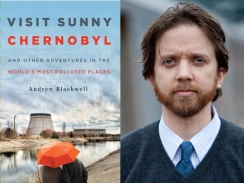 It worked. Freed from the responsibility of striving for the investigative depth of a good newspaper, or aping the finely turned prose style of the New Yorker, I could get down to work. If I didn't know something, I could just say so. If I got bored, I could tell jokes. I could even make scenes up out of whole cloth. I'm not a journalist! Whee!
It worked. Freed from the responsibility of striving for the investigative depth of a good newspaper, or aping the finely turned prose style of the New Yorker, I could get down to work. If I didn't know something, I could just say so. If I got bored, I could tell jokes. I could even make scenes up out of whole cloth. I'm not a journalist! Whee!